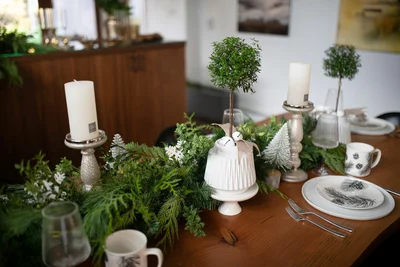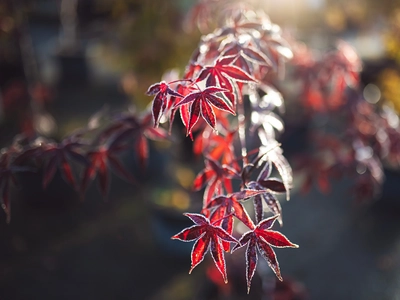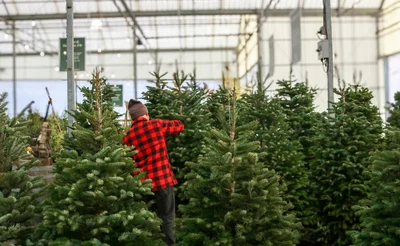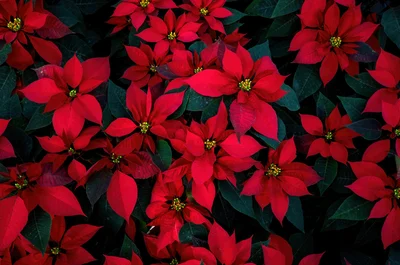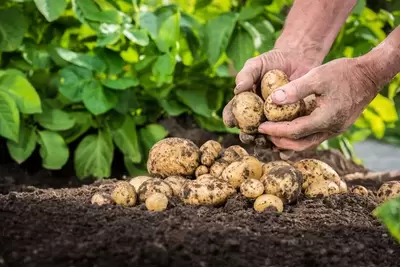
Written by Ingrid Hoff
It’s All About the Timing
If you want the best out of your outdoor space you should get your annuals planted early, but not too early. And you should also make sure to get a good head start on the tomatoes so they have time to ripen, but if you put them out too soon then they’ll most likely die. And basil, make sure to put it out just when the temperatures are just right.
The world of gardening can sometimes seem a mysterious, overwhelming and frankly confusing place and a lot of it comes down to timing.
Why does it matter?
Most of the plants we grow in our gardens are not native to this area, so they aren’t always well adapted to our climate. For example, tomatoes and dahlias are from Mexico, basil from India, and potatoes come to us by way of South America. So, plopping them into our cold/freezing/wet winters and springs isn’t a recipe for success.
As an aside, if you're interested in growing a native garden, click HERE for some of our suggestions.
We have to wait for the weather and temperature to get to a point where it matches what they are used to, so they will thrive. Some plants are adapted to grow in the cold and wet and others are not, knowing the difference and acting accordingly is imperative.
What can we do?
Tree, shrubs and perennials: The good news is many of the non-native plants we grow are quite happy to adapt to our climate or they come from somewhere in the world with a similar climate, so timing their plating is pretty easy. The cold months of winter should be avoided as the soil is most likely either frozen or water logged, and the blasting heat and drought of summer is not ideal either. Spring and fall on the other hand are perfect for planting trees, shrubs and perennials.
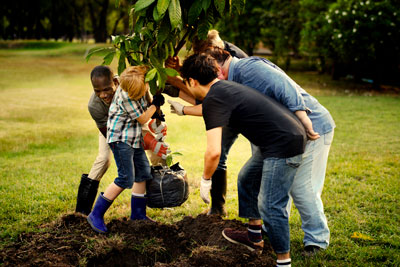
Tender annuals and veggies: This is where things get a little complicated. We want our plants to get the most time possible to grow and be enjoyed, but if we go too early then they die and too late and they won’t thrive as well. But that big question of when depends on a lot of factors. Whether you are growing in a pot or out in the garden? The soil in a pot or raised bed heats up faster and containers can be moved to a sheltered spot or easily covered in case of a cold snap. What kind of plants are we talking about? Cool weather veggies or warm weather veggies? Transplants or direct sowing of seeds? Deciphering the complexities of timing your plantings can be simplified and assisted with a little help. Here are a couple of ways to tackle it.
-
Go by the calendar – Mother’s Day is generally accepted in our Canadian climate to be a safe time to plant out warm loving plants such as tomatoes and basil, since the danger of frost is generally gone. But the calendar can lie and with our climate changing it’s not always fail-safe.
-
Planting calendars – these are place-specific calendars that tell you when and how to plant. They can be found online or in seed catalogues (West Coast Seed has a great one). A big improvement over just a regular calendar date, these are an invaluable source, especially when planting veggies since it’s way too much information to keep in your head. Knowing the difference between cool weather crops (such as brassicas and lettuce) and warm weather crops (such as tomatoes and squash) can give you a ballpark of when to plant, but a planting calendar is going to make your life so much easier.
-
Phenology - personally, I like to take my cues from the plants I see around me, because quite frankly they know better than I do and they don’t lie. It’s actually a scientific study called Phenology, which is the study of cyclic and seasonal natural phenomena, especially in relation to climate and plant and animal life. The plants around us are paying attention to what is happening because their survival depends on it and they have had eons of adaptation to get it right. Below is a quick list of some of the flowering plants you can use as an indicator and the crops that can be timed with them:
| Blooming | Planting |
| Crocus | radish and spinach |
| Daffodils | beets, carrots, kale and chard |
| Forsythia | peas, onions and lettuce (cold weather veggies) |
| Dandelion | potatoes, cabbage, broccoli |
| Lilacs | tender annuals, beans, cucumbers, and squashes |
| Lily of the valley, daylilies | tomatoes and basil |
| Peonies | heat-loving melons, peppers |
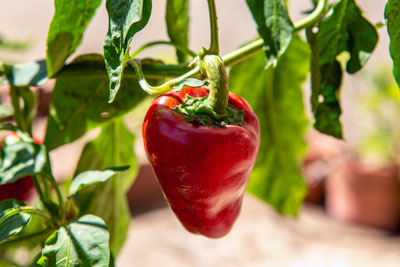
The important idea to take away is that timing matters when you are planting certain things. Luckily there is lots of support and resources to help you figure it out. Check out on-line resources, seed catalogues, or the friendly and knowledgeable staff at your local GARDENWORKS.

